Course Description
“
This course is a good choice to follow on from the beginner photography course. In it we look at the creative side of photography in great detail. You will learn how to craft a photograph that has impact and mood through the use good photographic technique and a thorough understanding of light and colour.
- Steve Hedges LMPA. LRPS
”
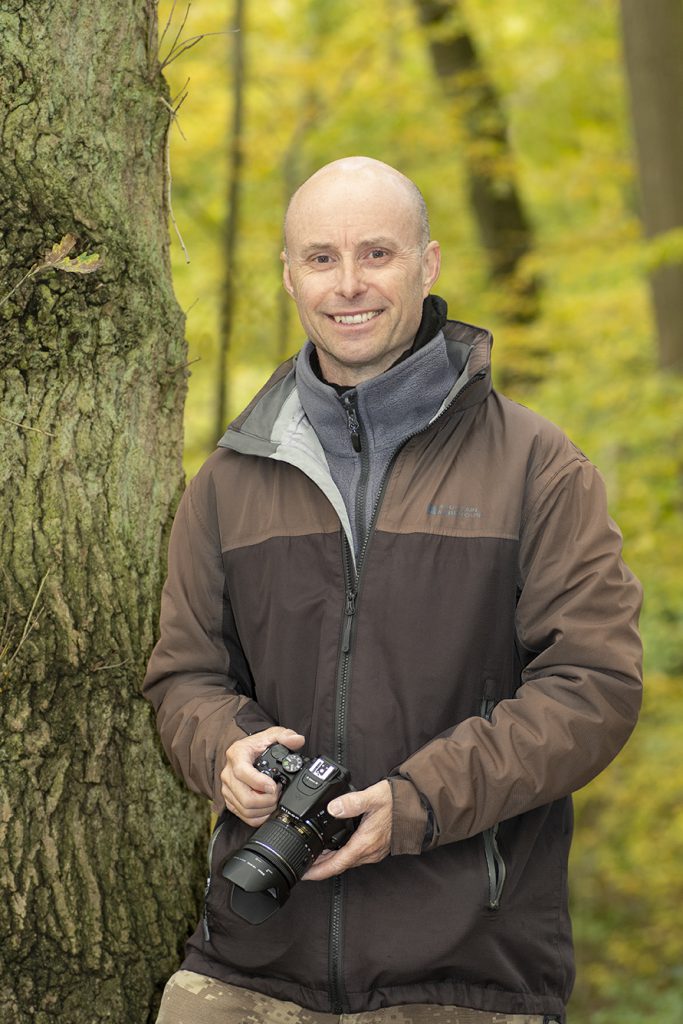
Video Lesson Descriptions
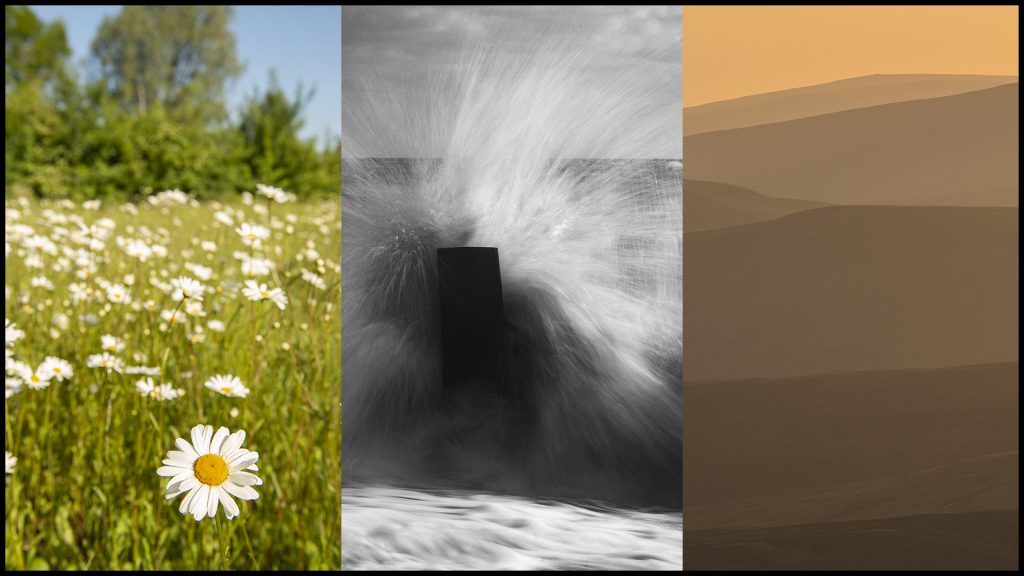
Lesson 1: LENS SHUTTER AND APERTURE
This lesson will show you how to use focal length creatively.How to use a wide angle lens to create a dynamic composition or how to use a telephoto lens to really focus attention on your subject. Depth of field is an enormously important photographic tool; we cover this subject in depth. What shutter speed we choose is an equally important consideration which is also discussed in detail. How sensor size affects the image, image stabilisation and why and when we should use a tripod finishes off this lesson. This in depth lesson consists of over 100 minutes of video lessons and comprehensive PDF notes.
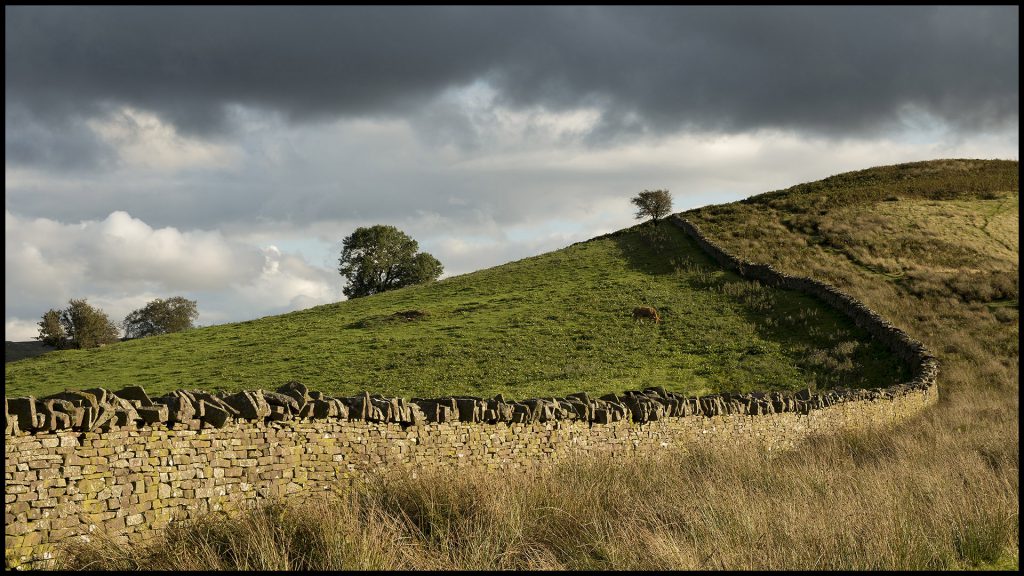
Lesson 2: DEVELOPING THE PHOTOGRAPHER’S EYE
This lesson is about the thought process behind creating an image that quite literally leaps off the frame; one that has real impact. By using a repeatable workflow you will learn how to make the right technical choices for each image as well as Identifying the right compositional tools to use to create a dynamic image. How to focus attention on the subject, how to simplify the image and how to use separation are all important considerations when it comes to constructing a picture that has impact. This lesson consists of an eighty-four minute video plus comprehensive PDF notes.
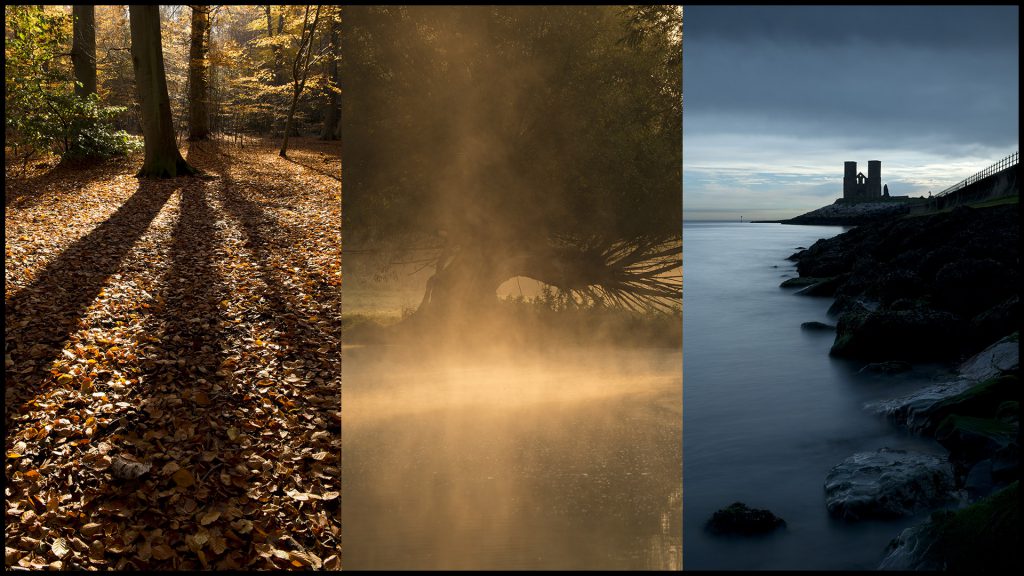
Lesson 3: LIGHT AND COLOUR
This lesson covers the creative potential of light and colour. There is no such thing as bad light; you just need to match the right light to right subject. We will discuss the quality of light, the direction of light and the colour temperature of light plus looking at what type of light will work for a particular subject. Once how to use natural light has been fully explained we will then move on to colour. How to use the artist’s colour wheel is another important tool in our photographer’s tool box. How colour affects the mood of our photograph and how the viewer will react to it will be fully explored. This lesson includes a one hour video lesson plus PDF backup notes.

Lesson 4: FILTERS
This lesson looks at the useful photographic filters available and how to use them. Graduated ND filters, ND filters, polarizing filters, UV filters are all discussed along with the merits of the screw in filters and filter systems. This lesson consists of a 20 minute video plus PDF backup notes.
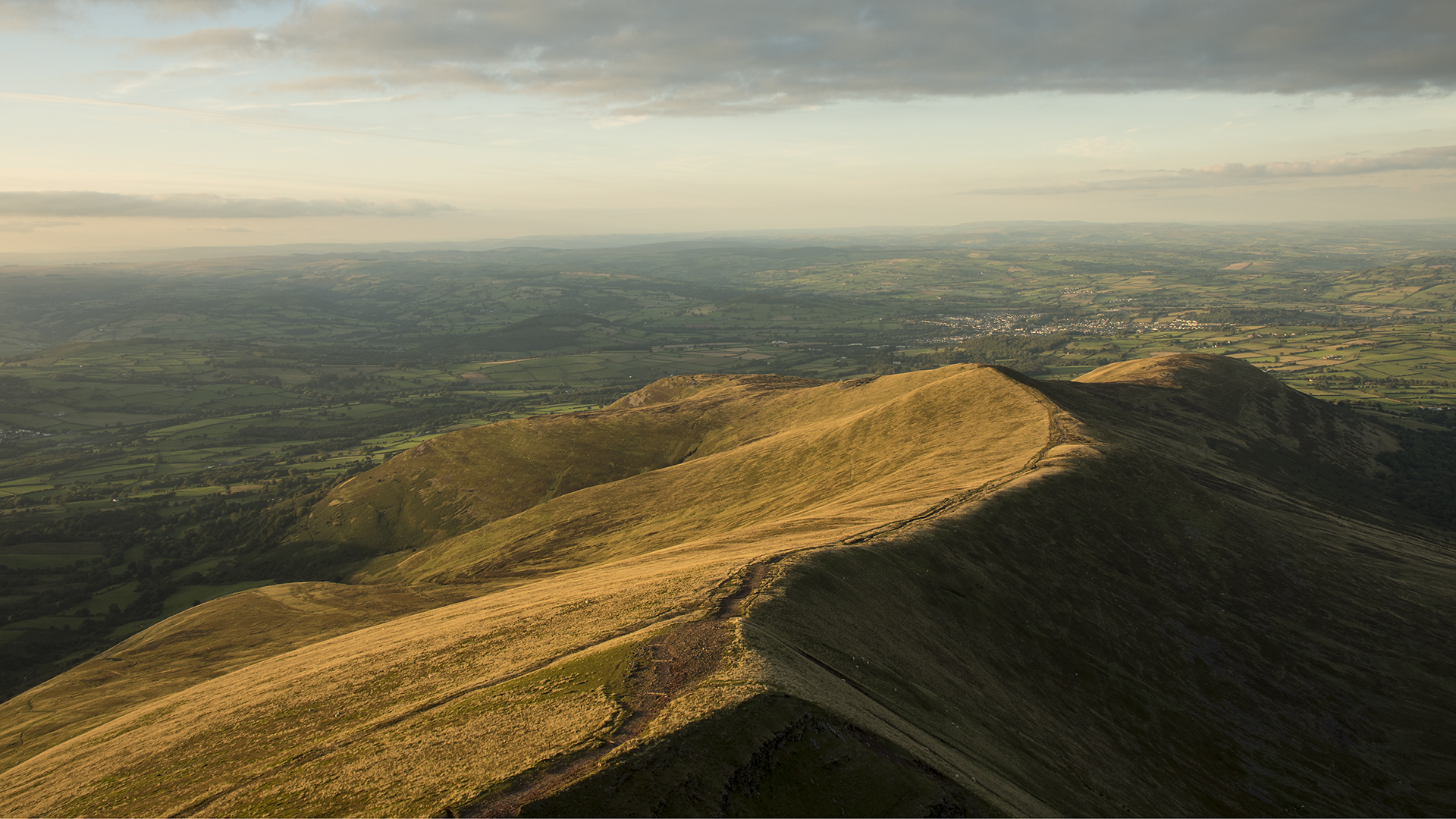
Lesson 5: EXPOSURE
As the name suggests this lesson is all about getting the right exposure for your images. This includes subjects such as metering modes (aperture shutter priority and full manual), what metering patterns to use (multi, centre weighted, partial and spot) and how to use them. 18% grey and why it’s important. Incident light meters and the grey card explained. Exposure latitude, integrated light readings and exposure bracketing are also explained in detail. After this lesson you should have a thorough understanding of all aspects of getting the correct exposure. This lesson consists of a video lesson of over forty-five minutes plus PDF backup notes.
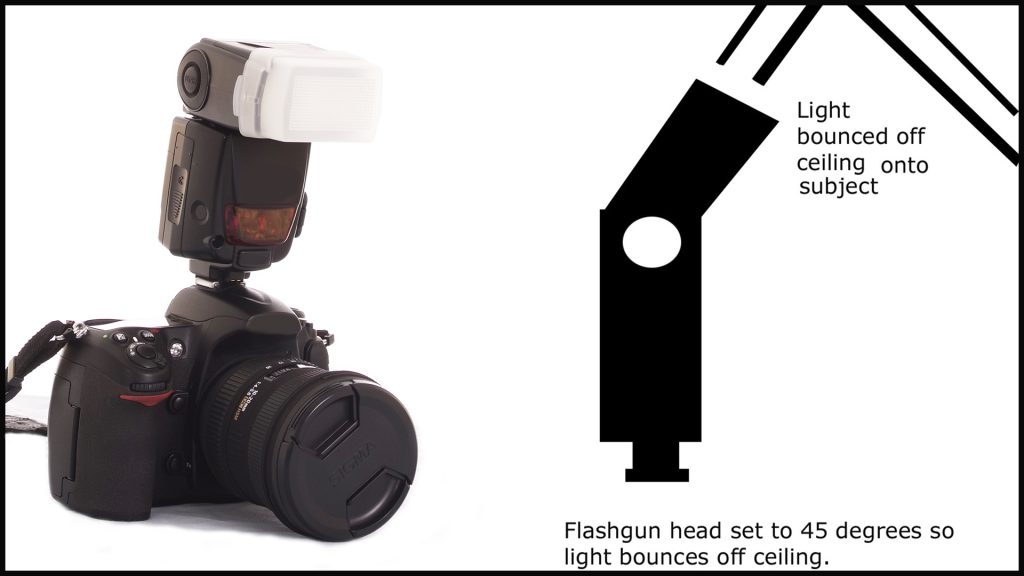
Lesson 6: ARTIFICIAL LIGHT
This lesson concentrates on the camera’s built in flash unit or the hot shoe mounted portable flash guns that can be fitted to the top of our cameras. In this in-depth lesson we look at flash modes (1st curtain sync, 2nd curtain sync, slow sync, anti- red eye), flash synchronisation, flash metering options, flash compensation, fill flash, how to achieve the right exposure using flash light, bounce flash and diffusing flash output. Last but not least, how to trigger a portable flash unit remotely. This lesson consists of a fifty-five minute video lesson plus comprehensive back-up notes.
Tutor Support
“
Along with the video lessons this course also includes projects to be completed which you would then email to me for a constructive critique. Photography is a practical subject so I think the projects add an important practical element to this course.
Throughout the duration of the course I will be available to answer any questions you might have about the course material. Again, I think this is an important part of the course.
- Steve Hedges LMPA. LRPS
”

Taster Clip
How to use this website
Firstly, thank you for your interest in our website.
Once you have added a course or a lesson to the shopping cart and paid the appropriate amount, you will receive an email with a link. Just click on the link and you will then be able to stream the lesson and/or download it.
If you have any problems please email us via the contact page.
Send this course as a gift!
